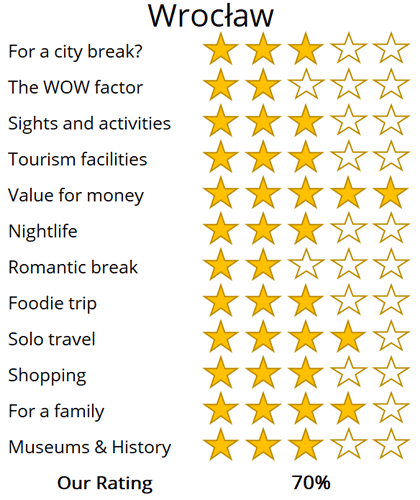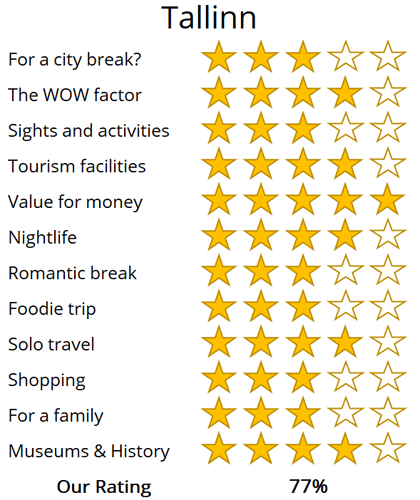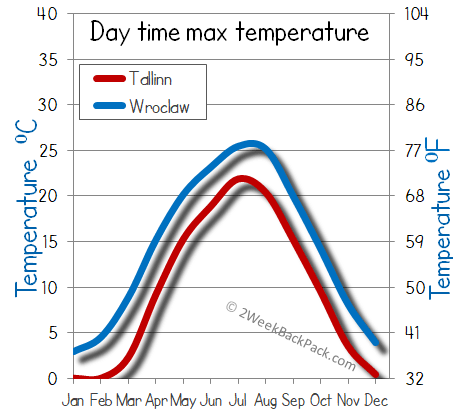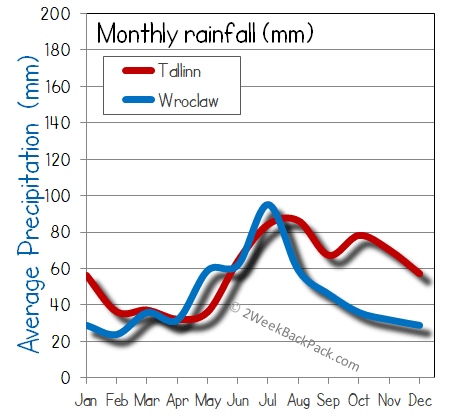WhereToGoForMyHoliday.com
The best destination comparison site!
WhereToGoForMyHoliday.com
The best destination comparison site!
Wroclaw or Tallinn a vs city comparison and travel guide
Wroclaw and Tallinn both offer unique and enticing experiences, but which one should you choose for your city break or holiday?
We understand your dilemma. There is an abundance of travel guides for both cities, but few actually comparing them, and advising you which is the better for your trip.
This article will provide our unbiased and independent views of Tallinn and Wroclaw, hopefully making your choice that little easier.
The article is structured into several sections, each of which can be directly accessed through the following links:
• Introduction to the cities
• Scores and ratings
• Which one should I, friends, or family visit?
• When to visit and weather
• Who is the city suited for?
• The perfect 48hours (with map)
• Tourism details (where to stay? airport details?)
Introduction to Wroclaw and Tallinn
Wroclaw is the historical capital of the Silesia region. It's been ruled and fought over and shaped by countless tribes and peoples, from the warring Slavs of the first millennium to the Habsburg emperors to the Prussian generals of the 1800s.
This makes it a strangely diverse and varied city, with Germanic townhouses and Flemish-styled mansions next to Gothic cathedrals and USSR tenements.
Wroclaw is a good-looking city. It's got a beautiful perch on the Oder River, spreading from island to island with arched bridges that recall Venice and wooded parks aplenty.
The Old Town is the anchor of it all, and a great place to wander, people watch, and drink Polish beers. Beyond come the fairy-tale spires of Cathedral Island, the colossal concrete dome of Centennial Hall (a UNESCO site), and even Zen parks inspired by Japan.
You could be forgiven for thinking you'd been plucked from the 21st century and dropped back in the 1300s when you step foot in Old Town Tallinn. Cobblestone lanes braid their way through stooped taverns with drooping roofs, chimney stacks, and grey stone keeps that echo The Lord of the Rings.
Aged Toompea Hill is the anchor of it all, erupting above the capital with its muscular castles and onion-domed churches. Below, the Lower Town buzzes with energy, pitting beer bars next to Baltic eateries and church steeples.
Tallinn has also established itself as one of Europe's most cutting-edge cities in recent years. It's a digital powerhouse with start-ups and creative agencies galore. They fuel areas like Kalamaja, which is all roaster coffee joints in Soviet tenements and funky bars in rundown prisons that spill into the Baltic Sea, proving it's not all about the history in these parts…

The historic centre of Wrocław and the Odra River
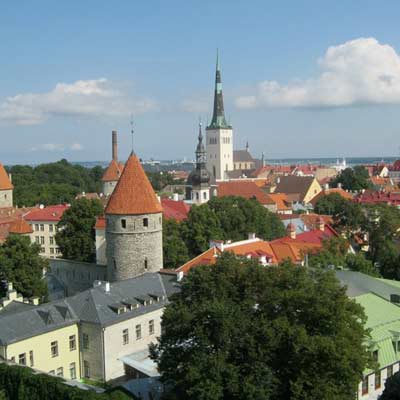
Medieval towers dominate the skyline of central Tallin
Wroclaw vs Tallinn: City Ratings
Summary
Where would I journey for a personal escape?
Tallinn
Where would I send my parents for a memorable visit?
Tallinn
Where's the ideal destination for my adventurous 19-year-old cousin?
Tallinn
Where should my food-obsessed friend indulge their culinary passions?
Tallinn
Note: The above comparisons are weather-independent and are based on travel during the most opportune times of the year. Details about the ideal travel seasons are elaborated upon later in this article.
In the sections that follow, you'll find a comprehensive comparison between these two fascinating cities. This includes recommendations on the duration of stay, the best times to visit, and tailored 48-hour itineraries for each city.
The final segment delves into practicalities for your travels, such as the best airport to fly into, the optimal districts for your accommodation, and insider tips, for when you come to explore the city.
We hope that you find all of this information useful, in planning your next exciting trip!
Destination details
How long to spend each city?
Tallinn might not be the biggest European capital, but it's a place that always seems to have another secret up its sleeve. Yes, two days might be enough to see the old city walls, wander Toompea Hill and sample the delights of the Estonian kitchen, but there's certainly enough to fill trips of four, five or even more nights.
Have a think about what you're after from your travels and then decide. If you're eager to squeeze in a few nights on the town (a good shout, as Tallinn is downright hedonistic), daytrips to the wonderful forests and coast swamps of Lahemaa, and a couple of the museums, you'll probably want to give yourself some extra time.
Wroclaw may not be vast in size, but it stands as one of Poland's prominent cities. Its Old Town, brimming with charm, is perfectly navigable on foot, while an efficient tram network offers a swift tour of the key attractions for a modest sum. Generally, a day or two suffices to experience the city’s highlights, making Wroclaw an ideal destination for a brief, fly-in, fly-out weekend retreat.
For those contemplating a more extended stay in Wroclaw, consider interspersing your visit with day trips to the surrounding areas. Nearby, you can explore the forested slopes of Karpacz, visit the awe-inspiring castles along the Eagles Nest Trail, or make a pilgrimage to the sacred site of Jasna Góra.
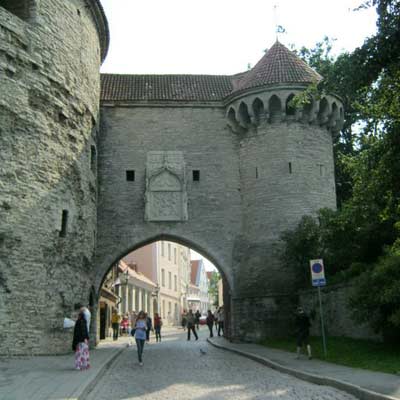
The Suur Rannavärav (Great Coastal Gate) protected Tallinn from seaward invasion

There are over 350 charming dwarf statues are scattered throughout Wroclaw’s historic centre. These characterful figures even have their own tourist map, along with s tory behind each one….
Unless you're a fan of air pollution and sub-zero temperatures, Wroclaw is not the place to be in the winter. The whole of south Poland gets cold between November and March – really cold. We're talking minus 10 degrees regularly, with sudden snowfalls and freeing rain. Of course, when there is a dusting of the white stuff, the Old Town of Wroclaw can look wonderful, but recent winters haven't been so promising.
For sightseeing and enjoying the student buzz of the town, it's probably better to hold off until May. That's when the weather really starts getting good. You might have chilly evenings, but you should be able to don the shorts and t-shirts for your wanders through the city. What's more, the local university is in session, so the bars will be lively and vibrant.
Summer sees the students go home and the tourists arrive. It's a reliable period for weather, even if you have to deal with the occasional thunderstorm around early afternoon. September is just as nice, if not even better. That's when the trees of the island parks in Wroclaw start to change to yellow and ochre, lending a romantic atmosphere to the Silesian capital.
The summer is considered to be the finest time in the Tallinn. From around May onwards, the temperature picks up to the high teens and early 20s, there's more sun, and the days are longer. From June onwards, the travellers and the crowds come, lending a buzz to the bars of the Lower Town.
There's no question that Tallinn looks downright gorgeous under plumes of snow in the midwinter. Some say it's the most enchanting time of all, as the nights draw in and there's ice glinting like diamonds on the roofs of the old churches. On the main Town Hall Square, you'll also be able to enjoy the delights of the Tallinn Christmas Market from early December onwards – think handmade Estonian decorations, hot wine, and traditional pastries. Don't expect to be warm, though. The Baltic gets sub-zero and bitter winds all throughout the season.
If you're keen to go a little off the beaten path and discover somewhere laced with rich history and culture, Tallinn is beckoning. With more and more low-cost flights now serving the local airport, a trip to this north-eastern corner of the continent isn't the chore it once was.
So, anyone eager to ditch the mainstay cities of Western Europe is in luck. Adding to that is an Old Town that's been called the best-preserved medieval quarter in the world, so there's loads for fans of original architecture and atmospheric neighborhoods.
Being so far north means there's nothing like the warmth of the Med or southern Europe up in these reaches of the Baltic. Yes, the summer months can get hot and the sea is only a stone's throw from the city, but Tallinn is hardly a beach destination.
Also remember that this is a small capital by global standards. It's certainly not the pick for anyone on the hunt for a colossal, electrifying metropolis.
If you're the sort of traveller that loves to find off-the-beaten-track cities that don't necessarily have big-name sights, then Wroclaw is sure to be right up your alley. It's not as well known as other towns in Poland but comes with local vibes and interesting neighborhoods. It's also a student city, which means the nightlife can get pumping during term times (September to December and January to June).
Wroclaw has something for those who like the great outdoors, too. Not only is it a green place with lots of parks and riverside areas to explore, but the mountains of the Karpacz and the Czech borderlands are only a short drive to the south. They've got hiking, skiing, spa towns and more.

The twin spires of Wroclaw Cathedral
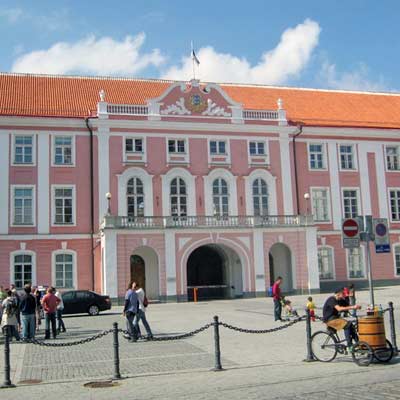
The Baroque wing of the Toompea Castle, is also the parliament building for Estonia
48hours in Tallinn
Wander the Lower Town, see Russian-style cathedrals, taste medieval broths in immersive eateries, gaze at the frothing Baltic waves, duck under ancient fortification walls – all that and more should be a part of any two-day itinerary for the Estonian capital…
Day 1: The Town Hall Square (Raekoja plats) at the very core of the city is always the perfect place to begin. Go there and the sightseeing will start immediately. The eponymous Town Hall itself is the main attraction. It's a beautiful 36-meter structure with a tower that's topped with the Old Thomas weathervane, now a symbol of the city. You're also at the perfect starting point to get lost in the Lower Town of Tallinn.
That's the largest part of the historic center, a UNESCO site, and the place where merchants and guilds would once have plied their trade. Viru Street is one not to miss within. It's a hubbub of shops and eateries, all leading to the handsome Viru Gate, which dates all the way back to the 14th century. A whisker to the north is the Hellemann Tower, offering travellers access to a high lookout point and a 200-metre stretch of the City Walls.
Once you're back on dry ground, delve into the Lower Town once again, going north via Pikk Street. At its end you'll emerge into the hipster area of Kalamaja. Boho coffee shops and Mexican eateries combine there, but the best way to spend the evening is in the block behind Tallinn's train station, where industrial-chic cocktail bars like St. Vitus mix up creative long drinks.
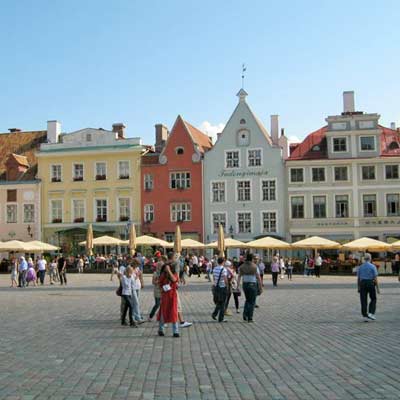
The Raekoja plats plaza is at the heart of Tallinn
Day 2: The early hours see you head above the Lower Town to Toompea Hill. Once the main keep and most fortified part of the historic city, it's still one of the most important postcodes in Estonia. On one side is the soaring Alexander Nevsky Cathedral, sporting onion domes and filigrees that evoke the Russian Empire.
On the other is St Mary's Cathedral, the oldest in the city. This is also the home of the modern Parliament of Estonia. On sunny days, the views across the historic town from Kohtuotsa are some of the best going, taking in the Paks Margareeta tower in the distance and Town Hall Square below.
Descend from Toompea and go back to the centre to find the immersive tavern of III Draakon. A fun-filled character pub, it's got food that mimics the diet of the 1400s and curt service to match. As evening draws in, pinpoint the nightlife hubs of Rataskaevu and Voorimehe for something a little hedonistic!
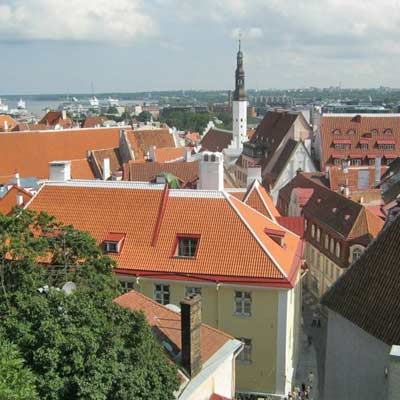
The view over the historic centre of Tallin
48hours in Wroclaw
Two days is all that's needed to explore Wroclaw from top to bottom. Most of your time will be spent in the charming Old Town area, but a few jaunts to parklands and other districts can combine with lively nights on the beer to boot…
The interactive map below shows a suggested route for the 48 hours in Wroclaw, with day 1 highlighted in green and day two in yellow.
Day 1: Every history lover, people watcher, foodie and sightseer will want to see the Stare Miasto district. That's the Wroclaw Old Town; the piece de resistance of this southern city. It begins around the wide boulevard of Piłsudskiego, passing through a few blocks of Soviet-era tenements before hitting the historic area proper. That starts in earnest by the Fosa Miejska, a centuries-old moat that was part of the town's medieval fortifications until it was destroyed by Jérôme Bonaparte, the brother of Napoleon.
On the left as you make for the heart of the quarter is the elegant Wrocław Opera House, while the leafy walks of Park Staromiejski are the perfect place to go for a picnic in the summer. Keep going north and you'll eventually arrive at the Rynek. This is the beating kernel of the Old Town, where you'll find the most amazing sights of all.
The Gothic-styled Old City Hall draws the eye first, followed by the German-built housing blocks of 1931 – considered by the locals to be among the ugliest in town! Be sure to check out the narrow alleys that weave through the middle of the square at the Sukiennice. Also keep the eyes peeled for the little dwarf statues that dot the plaza. They're a kitschy addition to the cityscape that you'll find on many random street corners.
As the afternoon turns into evening, consider settling in for a beer tasting at the hearty Spiż microbrewery. Or, head for Setka, where Communist paraphernalia adorns the walls and you can sample potent vodka with pickled herring.

The Most Tumski Bridge, where romantics leave love locks attached to the rails and throw the key in to the Odra River. To the rear is the spire of the Bartholomew’s church and the twin spires of the cathedral
Day 2: Having explored the Old Town, our second day begins with an exploration of the surrounding islands on the Oder River. There is a plethora to see, but the highlight is undoubtedly the iconic Ostrów Tumski.
Crossing the picturesque bridges to reach it, you will find yourself in the oldest part of Wroclaw.
The Wrocław Cathedral, with its towering twin spires, dominates the skyline, marking the most majestic church in the city. Inside, you can admire the exquisite stained-glass windows and the soaring vaulted apses.
From there, proceed to Słodowa Island, particularly delightful in the summer months when people gather by the riverside with their BBQ grills. Another worthwhile stop is Wyspa Piasek, renowned for its attractive chain bridges and quaint cobbled streets.
In the afternoon, take tram numbers 2, 4, or 10 from the Old Town to Centennial Hall, a magnificent UNESCO World Heritage Site celebrated for its revolutionary concrete architecture and a dome reminiscent of Rome's Parthenon.
Adjacent to it are beautiful gardens, with the serene Ogród Japoński as the highlight – an ideal spot for contemplation and reflection on Wroclaw's rich history.

The Centennial Hall may cause divisive opinions, but it was one of the first large reinforced concrete structures that ushered in the era of Modernism.
Tallinn Airport is small, but it's served by low-cost carriers coming in from Scandinavia, Russia, and Western Europe. It's only a few miles from the Old Town, and the trip can be done on bus number 2 or with a private taxi – expect to pay in the region of €7-11 for that. Other travellers might come across the Baltic on ferries from Helsinki. They cost about €20 and go several times throughout the day from the port in Finland.
For hotels, the ideal location is the Lower Town. Generally speaking, the closer you get to Town Hall Square, the pricier the establishments become. But you might not even want to be there – it's buzzy and loud. The streets further north and east are laced with other B&Bs and even hostels and are still within walking distance of the monuments. The areas of Tonismagi and Tatari are good alternatives if you're really looking to keep costs low.
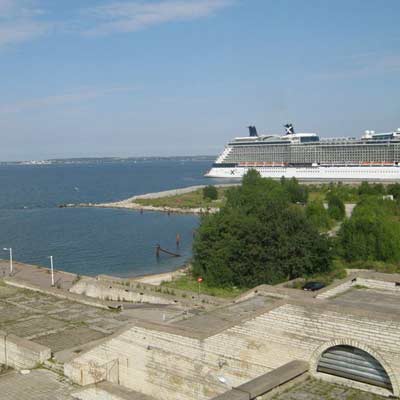
The ferry terminal in Tallinn
Tallinn is a very safe place to travel. It's got low crime rates, and, aside from the ubiquitous pickpockets and taxi scammers, there's rarely any serious issues. Some people have reported extortion scams in nightclubs, but that tends to be limited to the more unsavoury establishments that we think it's best to avoid anyway.
Tallinn is pretty compact and small for a European capital. It's long since burst the seams of its old core, but most of the main sights, bars, pubs, cafés, and museums are still hemmed in by the medieval walls. That means you'll usually be able to walk pretty much anywhere you want. Just be wary of cyclists in the narrow Lower Town streets and icy cobbles in the winter months. Both can be dangers.
The ever-expanding Wrocław–Copernicus Airport is now served by loads of routes coming from across Poland and Europe. It's even possible to arrive on long-haul connecting flights thanks to Poland's flag-carrying LOT airline. There's a bus that leaves the terminals for the centre of town every 20 minutes throughout the day. Tickets cost 3 PLN and the ride is around half an hour.
You can also arrive from Krakow, Warsaw or Katowice by rail. Wroclaw's train station is considered a work of art in itself, so be sure to check out the yellow-painted façade and its grand crenulations as you leave.
Getting around Wroclaw should be easy. The town centre isn't only walkable but a real pleasure to explore on foot. There are lovely bridges linking the little isles on the Oder River, parks connecting the banks of the old city fortifications, and plenty of pedestrianised areas within the confines of the Old Town.

Many of Wrocław oldest builds, were constructed use red bricks
To get out to the Centennial Hall, Wroclaw Zoo, or other districts, you can make use of the efficient tram network. Buy tickets at the MPK Wroclaw machines at any bus or tram stop and then validate them as you board. Basic fares cost 3 PLN per ride, but you can also score passes for several days using the Urbancard website.
Hotels in Wroclaw are generally all located within the ring road of Piłsudskiego. Roughly speaking, the closer you get to the Rynek square the better the location, though staying right on the main plaza might be noisy at night. There are also some lovely boutique stays and B&Bs to find north of the Oder River.
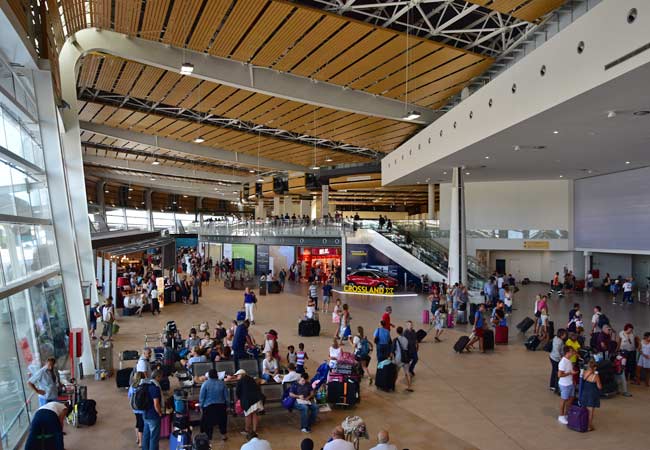
oh we were stuck in the airport!

Copenhagen was a bit expensive...

All we did was drink beer in Brussels...
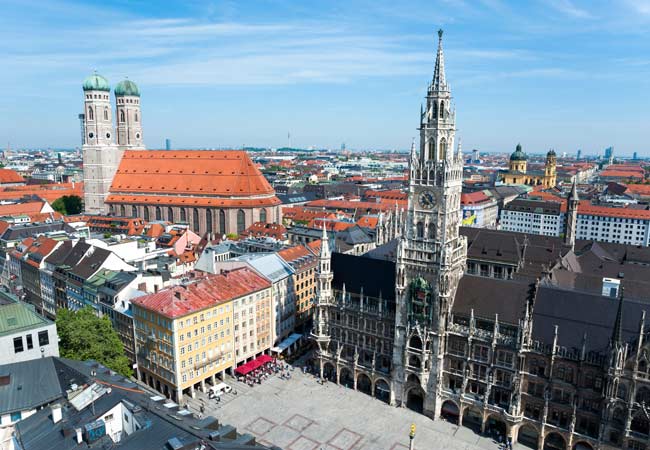
Muncih was crazy

And we got so burnt!
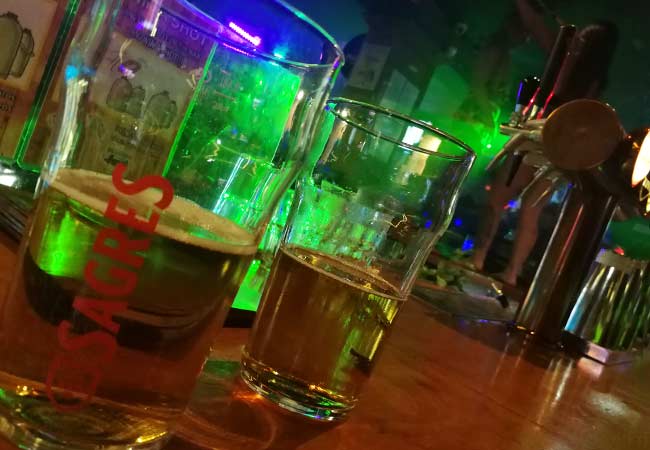
Remeber that night in Rome

oh we were stuck in the airport
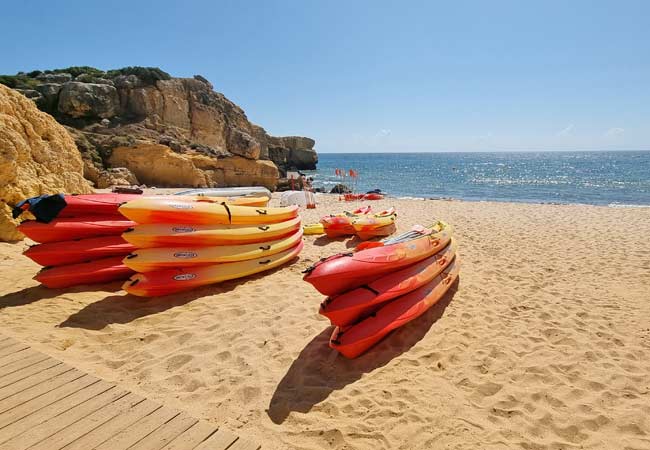
So much fun kayaking

Berlin and that group from Austria!

There was such a view from that church

And we got so burnt!

Munich was eventful, wasn't it!

Such a view from that cathedral in Florence
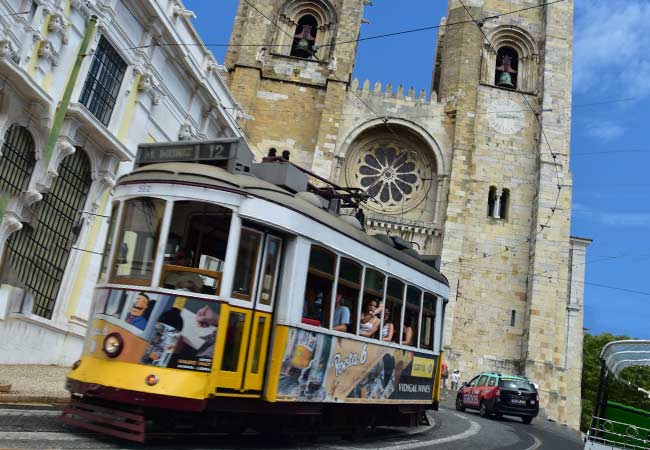
Lisbon was such so much fun

Last summer was so much fun .... x

Remeber that night in Rome

Lisbon was such so much fun

Such a view from that cathedral in Florence

Munich was eventful, wasn't it!

And we got so burnt!

Remeber that night in Rome

All we did was drink beer in Brussels...

Berlin and that group from Austria!

Can't wait to go back to Dubrovnik

Remember that boat ride in Prague

Copenhagen was a bit expensive...
